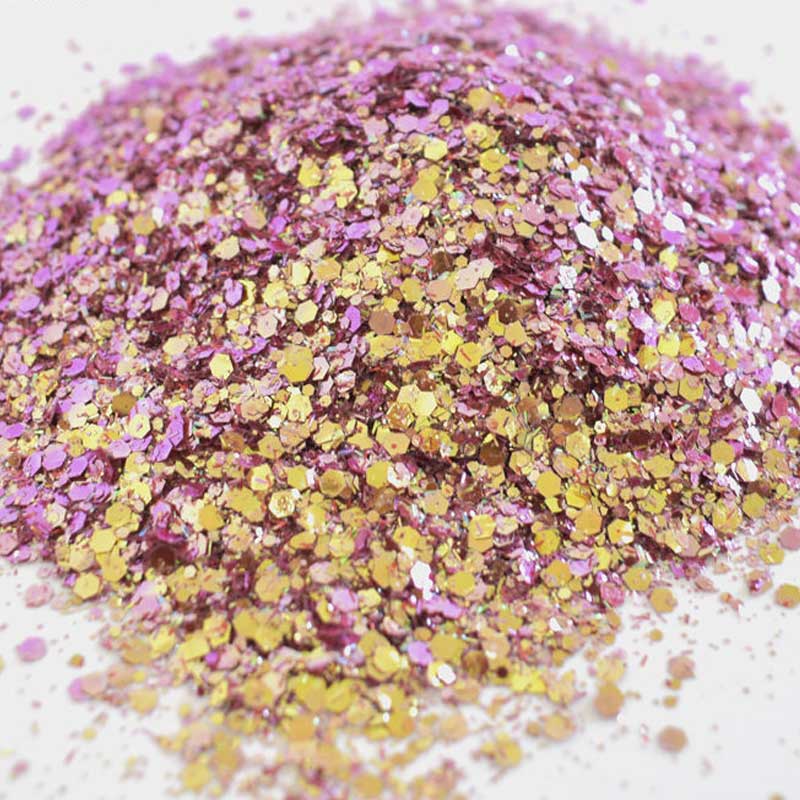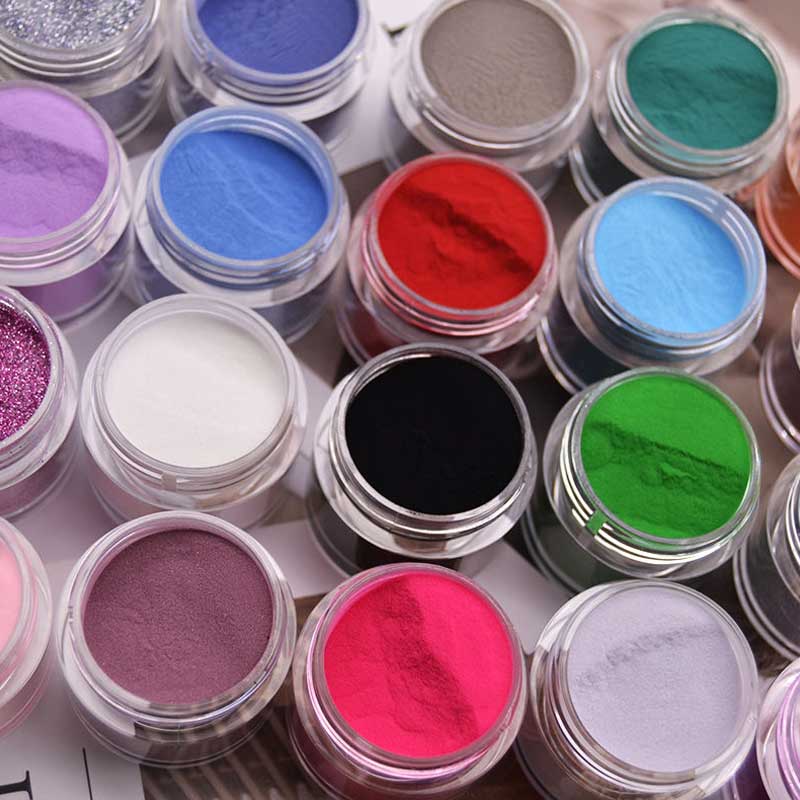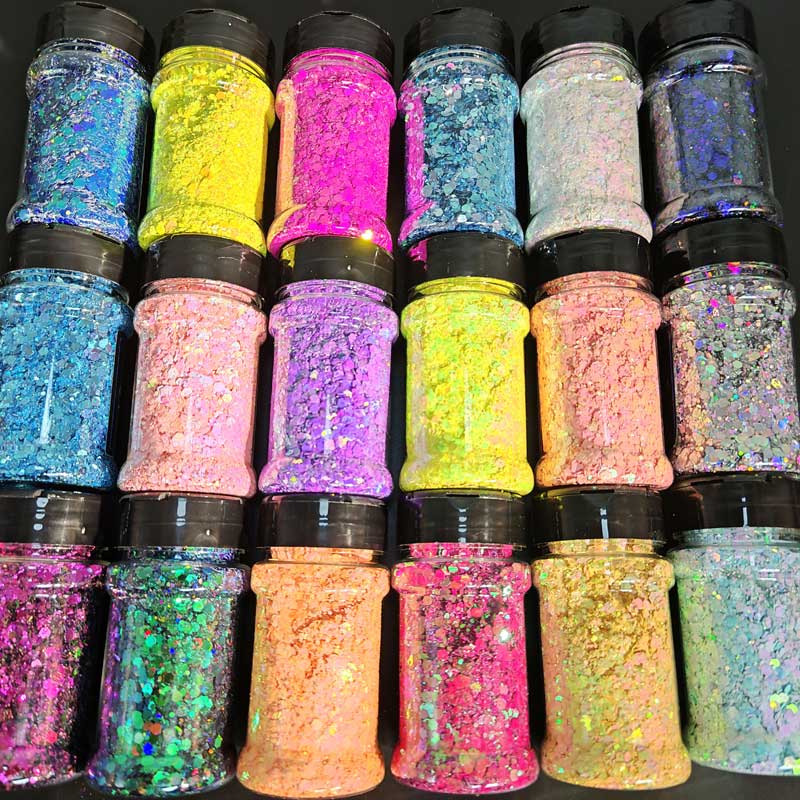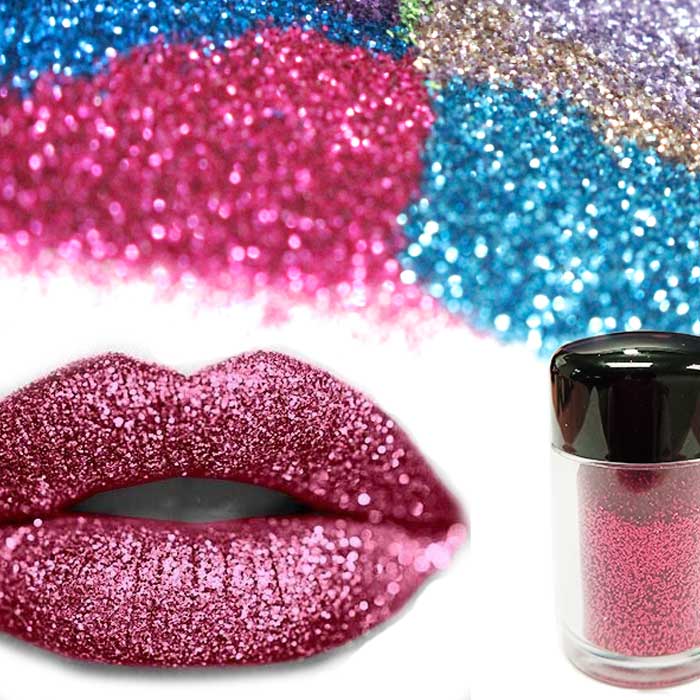Latest Trends in Cosmetic Glitter for 2025 (Safe & Shimmering)
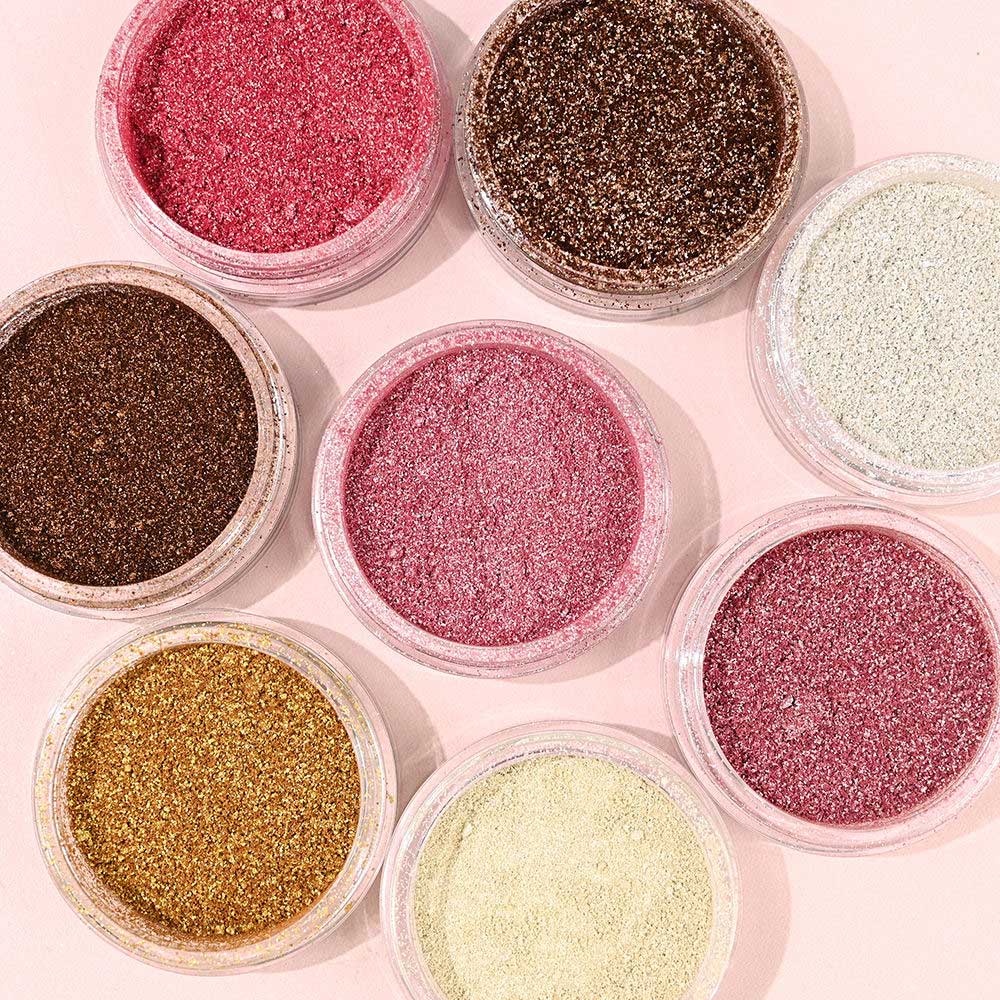
The cosmetic glitter market isn’t just growing—it’s undergoing a revolution. Valued at approximately $33.8 million globally, this vibrant sector is projected to surge to $76.92 million by 2034, fueled by an 8.57% CAGR. What’s igniting this shimmering demand? A fusion of technological innovation, eco-conscious shifts, and bold new aesthetics designed for the selfie era.
1. Color Trends: Beyond Basic Sparkle
Move over, subtle highlights—2025 belongs to hyper-saturated, multidimensional finishes.
AI-Inspired Metallics: Leading brands like M·A·C are tapping into the Y3K aesthetic with futuristic shades like Uvlite (violet-magenta) and Bronzelite (copper-red-gold). These create an otherworldly, "cyber-luxe" glow perfect for both cheeks and body.
Sunset Palettes: Inspired by dawn and dusk, blushes and highlighters now mimic nature’s drama. Think Apricot Jelly (vibrant coral) for daytime radiance and Unsweetened (sultry red-brown) for evening allure.
Inclusive Multichromes: Products like Glitter Injections’ rainbow pans—popularized by influencers like Naomi Watanabe—dominate stages and social feeds. Their high-pigment, buildable formulas cater to diverse skin tones, from sheer pastels to intense jewel tones.
2. Shapes & Sustainability: Biodegradable Takes Center Stage
The EU’s microplastic ban (phasing out non-degradable glitters by 2027–2031) has accelerated material science breakthroughs:
Plant-Based Flakes: Brands like Submission Beauty now use eucalyptus cellulose to create glitter that decomposes naturally without sacrificing reflectivity.
Cellulose Innovation: Researchers at Cambridge University mimic peacock feathers and fruit pigments to develop 100% cellulose-based glitter—vibrant, plastic-free, and marine-safe.
Eco-Packaging: Glass, tin, and refillable compacts (e.g., M·A·C’s Strobe line) reduce plastic waste while aligning with “Blue Beauty” principles.
💡 Why it matters: 83% of sunscreens and 61% of creams still contain plastic microbeads, which contaminate waterways and enter human blood/placenta. Biodegradables solve this.
3. Safety & Compliance: Navigating Global Standards
With regulatory scrutiny intensifying, brands must prioritize safety to access key markets:
FDA’s VCRP Program: Cosmetic glitter sold in the U.S. requires ingredient transparency and facility registration. Non-compliant products risk “automatic detention”—especially if labels misrepresent color additives.
ISO Certification: Brands like Fenty Beauty and HUDA Beauty now highlight ISO-compliant mica sourcing and hypoallergenic testing to reassure ethically minded shoppers.
Clean Formulations: Look for glitters free from polyethylene (PE) and polypropylene (PP), replaced by mineral-based or synthetic fluorphlogopite alternatives.
4. How Brands Are Leading the Shift
Innovators are merging safety, sustainability, and spectacle:
M·A·C’s Strobe Upgrade: Their reformulated “Liquid Highlighter + Moisturizer” combines ceramides, hyaluronic acid, and light-refracting pigments for barrier-protecting radiance.
Asia’s Skincare-Infused Glow: K-beauty brands dominate with hydrating glitter serums and SPF-boosted body oils, tapping into the region’s 20% market growth.
Direct-to-Consumer (DTC) Models: Indie brands like ColorPop leverage social media to launch limited-edition biodegradable glitters, with tutorials driving 3x engagement.
The Future: Where Glitter is Headed
The 2025 glitter revolution balances responsibility with radiance. Expect:
🔮 Smart Glitters: Temperature-reactive and LED-enhanced particles.
🌿 Circular Systems: Refillable glitter dispensers and take-back recycling.
💎 Crystal Transparency: Blockchain-tracked mica and mineral sourcing.
Brands that embrace biodegradable innovation and rigorous compliance won’t just sparkle—they’ll lead. As consumers increasingly seek eco-luxury, the message is clear: True beauty leaves no trace.
✨ Pro Tip: When shopping, check for “reef-safe” (plastic-free) and “VCRP-registered” labels—your guarantee of safety and sustainability.
